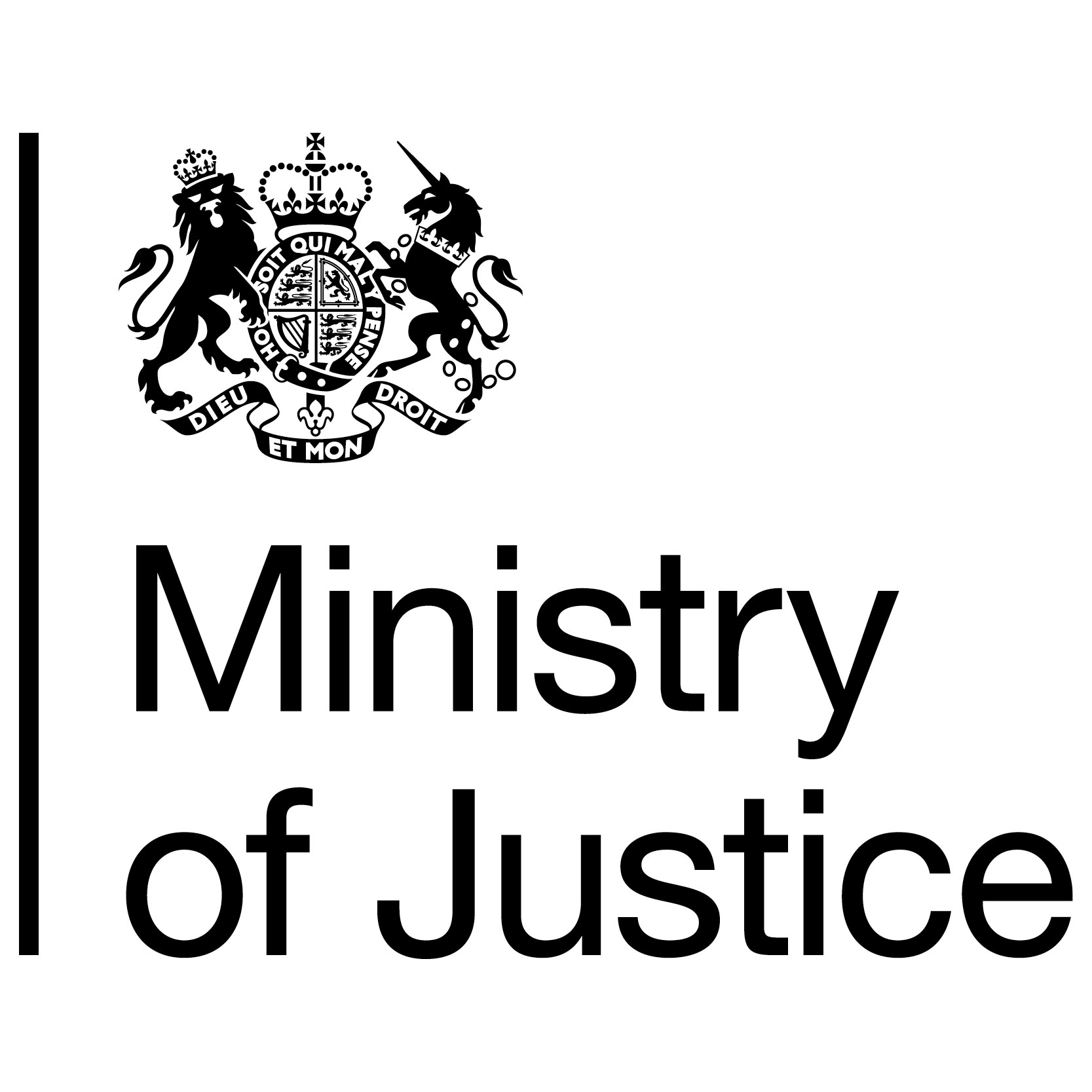Some of the visualisations in this tool may not display correctly in Firefox browsers, and use of an alternative browser is recommended.
Data visualisations are available in the tabs Treemap and Sankey. The dataset used to produce these visualisations can be downloaded in CSV format from the tab Tables. Additional data notes are available in the Data caveats tab.
- The Treemap tab contains a chart which shows the number of judicial reviews for each individual topic, with the size of each rectangle being proportional to the number of reviews in each topic. Topics are divided by type (Civil: Immigration and Asylum, other Civil, and Criminal), and can be filtered by year, type and department. You can choose to show the total or the average over multiple years.
- The Sankey tab shows the flow of judicial review progression, from the commencement of the process, through different hearing stages, and to the final hearing and outcome. The width of the bars and lines is proportional to the number of cases at each stage, and the start and end point of the lines show progression of judicial reviews from one stage to the next. Progression can be filtered by year, type, topic (NOTE - a topic can only be selected once you have selected a type, the topics within this type will then appear) and department, and you can choose to show the total or the average over multiple years.
All tables and charts are controlled using the menus on the left hand side, which can be used to select multiple years, and a single type, topic and department.
Use the backspace or delete key to remove years once you have selected them.
Hover your mouse over the different parts of the sankey diagram to see a text box which provides the numerical values.
By default, if you select multiple years, the charts will show an average across all the years you have selected. If you wish to change this default behaviour, you can use the advanced settings option to calculate the total across those years instead.
Source: MoJ COINS database until 2019 and MoJ CE-file database from 2020 onwards
Source: MoJ COINS database until 2019 and MoJ CE-file database from 2020 onwards
Raw data by topic (from treemap)
Raw data progression (from sankey)
From 17 October 2011, Judicial Review Human Rights and Asylum Fresh Claim applications were transferred to the Upper Tribunal.
From November 2013 the Upper Tribunal of the Immigration and Asylum Chamber (UTIAC) took over assessing applications for the vast majority of Immigration and Asylum Judicial Reviews.
Of the remaining Immigration and Asylum Judicial Reviews whose applications are received by the Administrative court, a proportion of these are then transferred to the Upper Tribunal of the Immigration and Asylum Chamber (UTIAC).
Data by department is created by mapping party name to public body. As this process relies on free text fields the accuracy of this data is dependent on how consistently these fields are populated and mapped.
Data by department was mapped as of October 2020, and is reflective of departments and their roles at this time. Older data may therefore be mapped to a department which did not exist at the time, or which did not perform that function at that time.
The size of individual boxes or nodes in these charts is only proportionate to data contained within that visualisation, and cannot be compared between charts.
Cases granted include cases granted in part, that is where some parts/grounds of a judicial review have been rejected whilst others are granted permission to go to hearing. From 2020 onwards part-granted cases are identified as such within the CSV file published alongside this data tool.
Administrative Court Office data includes Regional Offices of the Administrative Court, although most cases received were issued in London.
The most recent calendar year will often be a partial year only, containing data up to the current published quarter only.
Where the number of Judicial Reviews for a particular topic or department is less than 5, these have been categorised under 'Other' to avoid disclosure.
